"Olive forest in Monastir, Tunisia"
Oil on panel,
Signed lower left,
Cartouche with the artist's name on the frame,
Annotations on the back by the artist: "Monastir, morning of strong wind",
Various studies on the back: "Giant cucurbit", "Monkeys in a palm tree", "Person carrying a jug" ...
Beautiful work by the orientalist painter Henri Emilien Rousseau which represents the olive forest in strong wind in Monastir in Tunisia, most likely on the road between Sfax and Monastir.
Through his precise brushstroke, the play of light and contrasts, the painter manages to give depth.
The burning light, the arid ground and the blue sky perfectly represent the atmosphere of this Tunisian region.
Traveling painter and an orientalist painter, Henri Émilien Rousseau spent his childhood in Cairo, then in the Maghreb or his family has forged many ties. In 1885, his family arrived in France and settled in Versailles.
A studious and gifted student, Henri Rousseau entered higher mathematics at the Lycée Hoche in 1893. However, he dreamed of something completely different, always filling entire notebooks with drawings. During the summer of 1894, he decided to study Fine Arts. He was introduced to Jean-Léon Gérôme by his father, who had met him in Egypt, and became his student at the École Nationale Supérieure des Beaux-Arts in Paris.
He won the second prize at the Grand Prix de Rome in 1900 and a travel scholarship to the Salon des Artistes Français.
He kept this Orient within him even though his first travels took him north, to Belgium and Holland, following in the footsteps of the great Flemish and Dutch painters he admired. It would be two further trips to Morocco and Tunisia that would force him to abandon his career as a landscaper in favor of that of an orientalist painter.
Under contract with the George Petit gallery since 1908, an essential place in the art market of the time for any informed art lover, Henri Rousseau embodied the legacy of Constant Troyon. However, he continued to travel and regularly visited North Africa. His success was immense during his lifetime among French and foreign collectors.
In 1919, he moved to Aix-en-Provence with his family. This was the beginning of his Provençal period. His success with a bourgeois and wealthy clientele was punctuated by numerous exhibitions in Paris, Brussels, Stockholm, and Marseille. He made his last trips to Morocco in 1930 and 1932, where he worked in the Middle Atlas.
Dimensions: 24.5 x 34.5 cm without frame and 34 x 44 cm with its original giltwood frame.
For more information, please contact us.






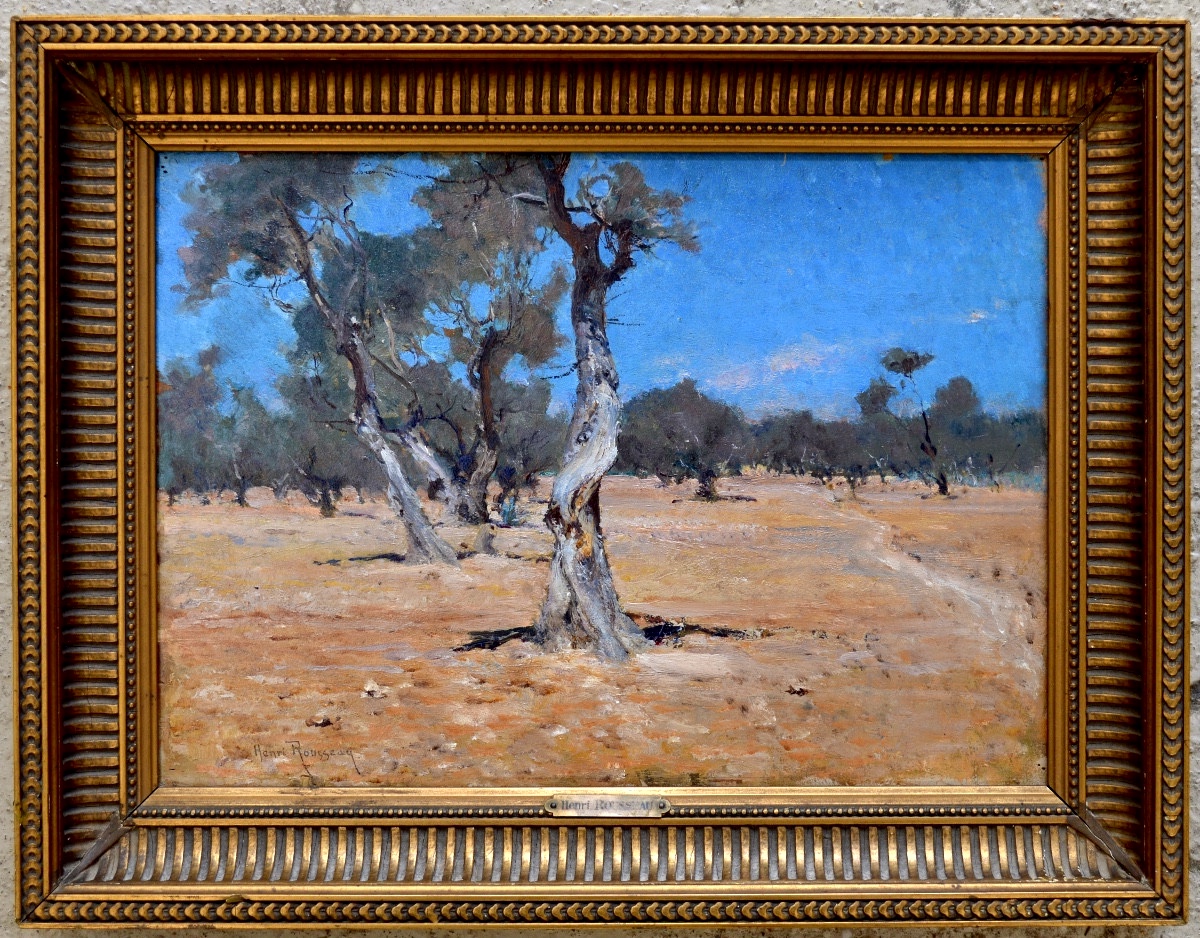


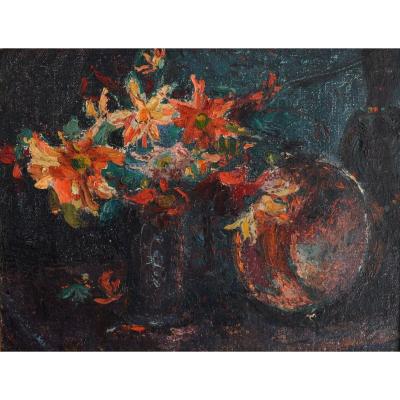


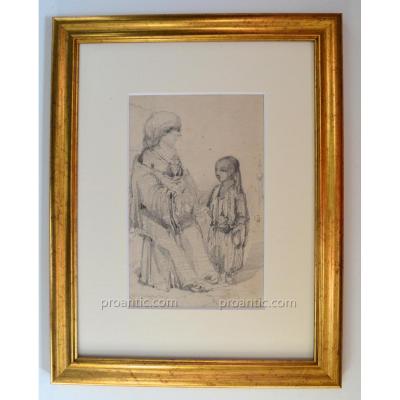
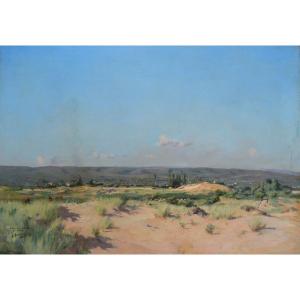
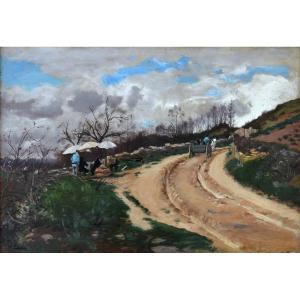
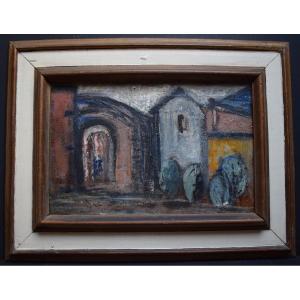

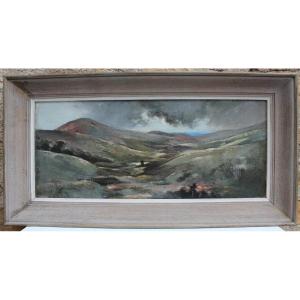






 Le Magazine de PROANTIC
Le Magazine de PROANTIC TRÉSORS Magazine
TRÉSORS Magazine Rivista Artiquariato
Rivista Artiquariato
